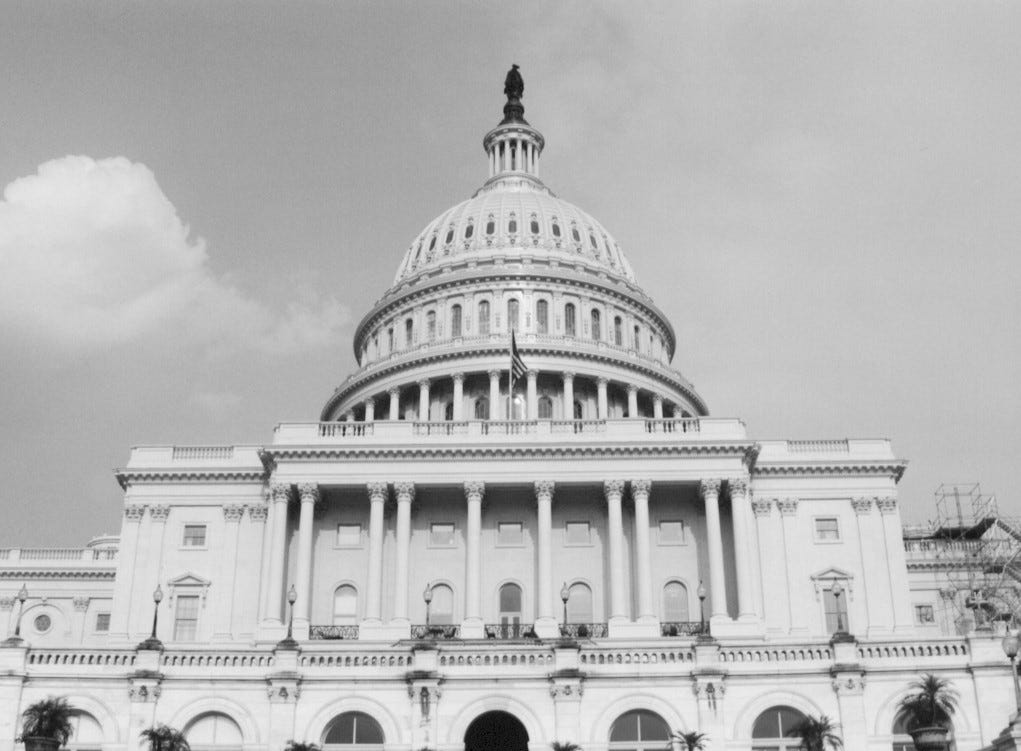
Online Groups Fail at Real World Coup in the US
Readers may not realize the role online organizations played in the failed putsch. While some of the participants may have been naifs caught up in the moment, the primary groups involved were adherents of the QAnon conspiracy theory and the “Proud Boys.” Jake Angeli emerged as a symbol of the attempted coup, when photographed dressed in a fur hat with buffalo horns carrying a spear, and calls himself a “QAnon Shaman.”
Both QAnon and the Proud Boys normally exist more online than in the real world and rely on online information. QAnon accepts the conspiracy theory that Donald Trump is battling a group of high-ranking pedophiles for control of the US government. QAnon takes its name from “Q” the supposed high-ranking informant who publishes dispatches on 4 Chan. The Proud Boys are a far-right group who claim to be “western chauvinists” and who have emerged as prominent supporters of Pres. Trump.
The presence of the Proud Boys and QAnon at one of the most dramatic incidents of political violence in the US in recent memory may represent a turning point in their treatment. It is not clear how many people who stormed the Capitol were affiliated with these groups, as it is not even clear if they are an organization, but may not matter as it opens those groups to legal retaliation. It is one thing to espouse unpopular (and outright false) views online, and another to be associated with attempts to topple a government. In a forthcoming essay, I will explain how online groups that were involved in the D.C. insurrection are now more vulnerable because of their online activities.
Twitter and Facebook Ban Trump
Following the riot last Wednesday, Twitter and Facebook banned Donald Trump from their platform. Both companies argued their bans were because the President violated terms of service, and they were acting to prevent further violence. The social media platforms’ moves come after years of pressure on the two companies to deplatform the President. Twitter specifically played an important role in President Trump’s political success and the ban is likely to prove a major constraint on his freedom of action.
Unsurprisingly, the president and his allies decry the move as corporate censorship which it is, but which seems justified. Nonetheless, social media allowed the President to end-run checks on his power and institutional constraints intended to prevent the kinds of demagogic appeals enabling the attack on Congress. Unfortunately, both Facebook and Twitter would have been better off admitting that their actions were related to an attempt to overthrow the election. By couching the ban in terms of general “violence” the companies have opened themselves to criticism of unequally applying standards.
Apple and Google Ban Parler
Apple and Google have banned Twitter alternative Parler from their respective stores. A ban from the Apple store effectively removes an app from the platform, whereas Android users can install the app directly or through other stores. The apps ban comes in the wake of constraints on social media responding to the attack on the Capitol last Wednesday. Although not explicit, the ban may be an attempt to prevent President Trump from rebuilding his following on a new platform.
The Apple/Google ban on Parler may be a strategy with short-term gains but long term losses. Democrats control both houses of Congress, however narrowly, and have wanted companies to police online content more. Republicans are likely to return to power someday, and banning an app more popular with Republicans than Democrats for political reasons is unlikely to age well. Even if Republicans never return to power, banning an app for user-created content implies that both Apple and Google believe platform operators are responsible for user-created content.
David Benson is a Professor of Strategy and National Security focusing on cyberstrategy and international relations. You can reach him at dbenson@osiriscodex.com.
To get more insightful analysis like this in your inbox at no cost please subscribe.
Share this Brief with someone who might appreciate it.
Ask a question! Raise an objection! Leave a comment!




And let me add to my comment below: very few in the “mainstream” media or Democrat party condemned the BLM and ANTIFA riots in 2020 that impacted dozens of cities, in which over 30 people died, took over neighborhoods and claimed to secede from the union (e.g. Capitol Hill Autonomous Zone) and billions of dollars of property were destroyed. Instead they insisted that the protests were “mostly peaceful”, even when reporting with burning buildings in the background. The establishment’s stance was either the protests were “peaceful” or “riots are the voice of the unheard.”
Somehow when BLM and ANTIFA and anti-Kavanaugh protestors riot and occupy government facilities and burn things and people die it’s OK, and when Trump supporters do it it’s sedition.
what a load of beltway bovine scatology.
the reason that all the Trump supporters that I know are angry has nothing to do conspiracy theories. it has to do with the facts that there were massive voting irregularities; the incredible two tiered system of justice in which Clinton commits felonies and isn’t indicted while Trump is impeached without any crime alleged, and in which Biden openly boasted about quid pro quo with Ukraine; nearly unrestricted illegal immigration suppressing wages for working class Americans; and an “elite” class with no allegiance to actual American workers.